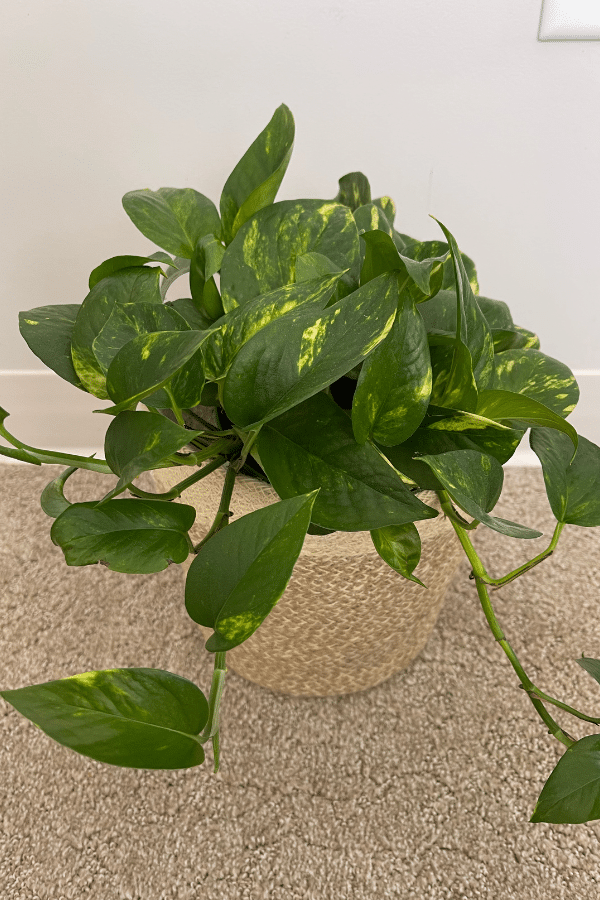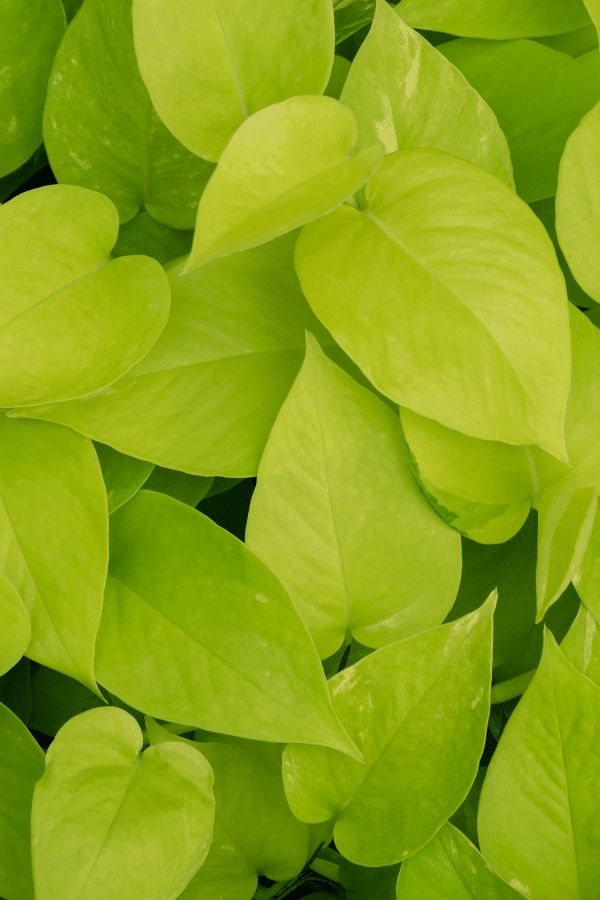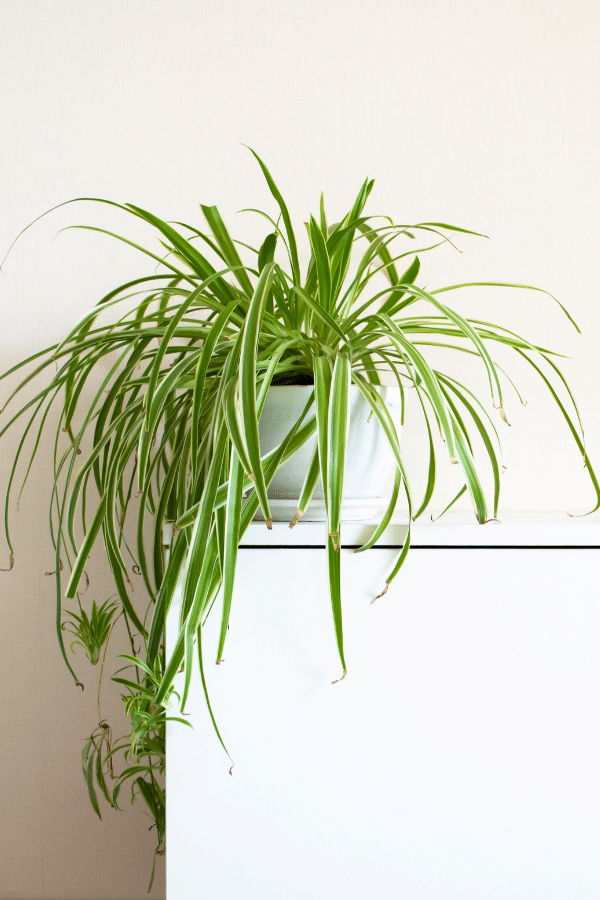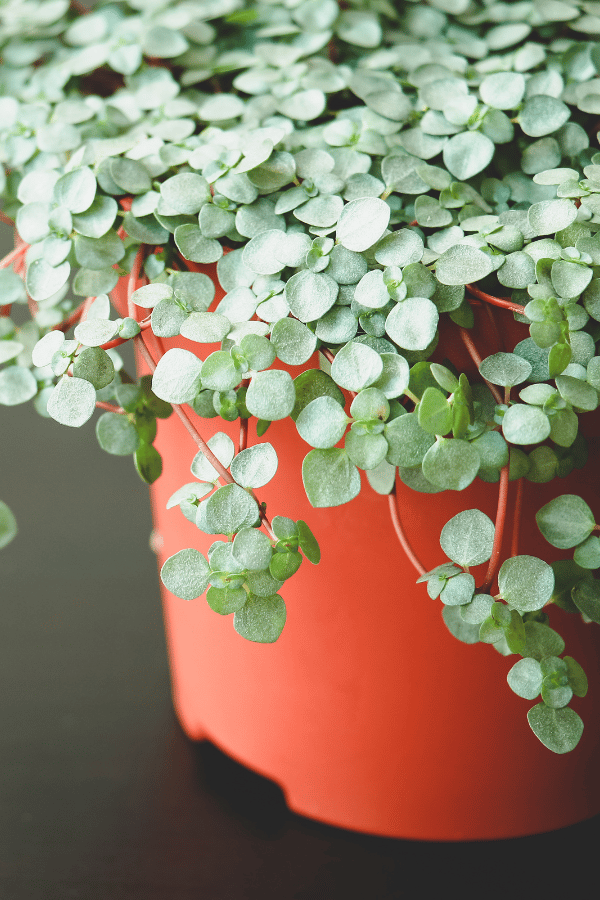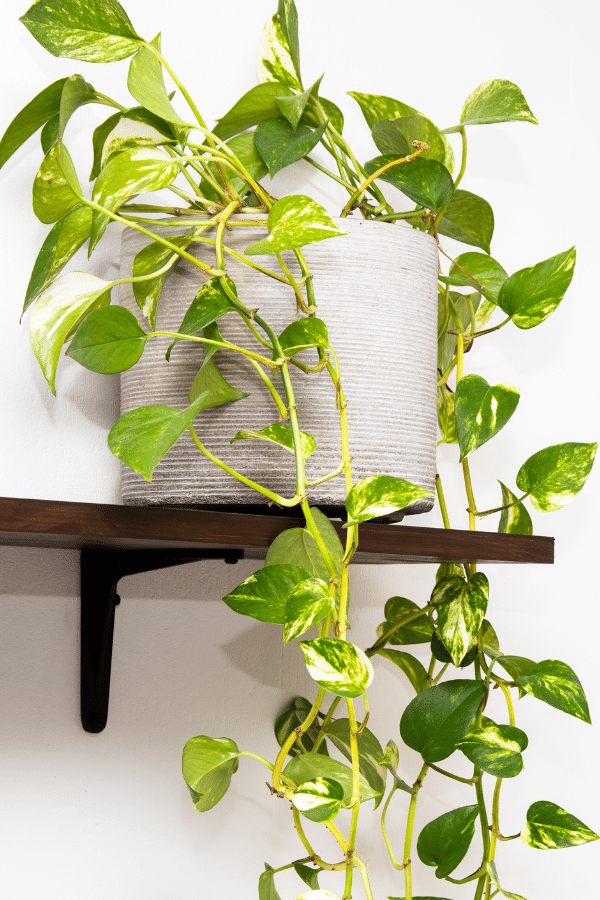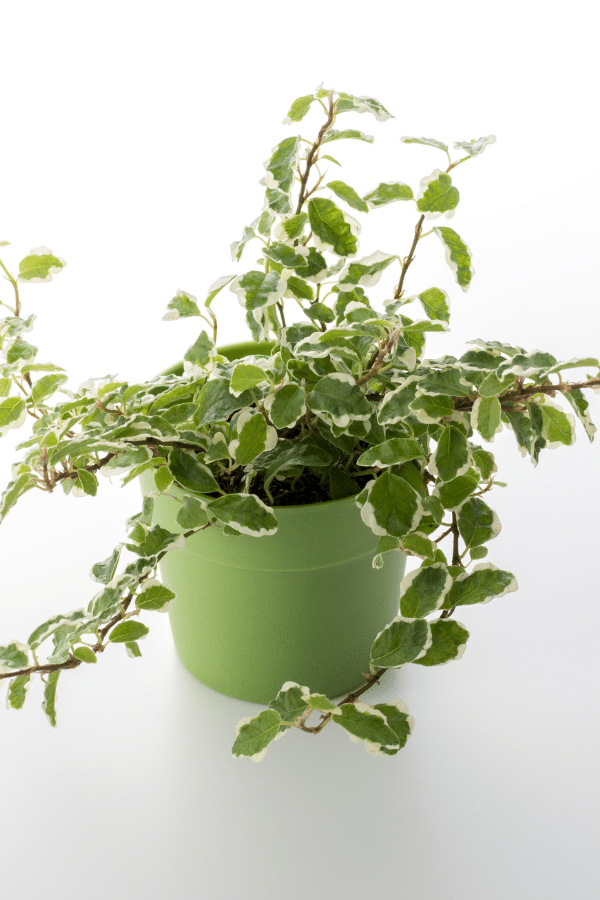Calathea White Fusion
Scientific Name: Calathea White Fusion, Goeppertia Lietzei Fusion White
Common Name: Calathea White Fusion
Calathea White Fusion care is much like other Calatheas, a harder to care for plant. If you can give it nice environmental conditions, it will give you beautiful lush foliage. The trick to giving it a nice environment to live in is listed out below so by the time you reach the end of this post, you will know if you have a good home and environment for a Calathea White Fusion to thrive.
To give this Calathea plant the best care, it requires well-draining soil, keep the soil moist, provide it with bright indirect sunlight, temperatures ranging from 60-80F, and high humidity levels.
Quick Care Overview
| Common Name | Calathea White Fusion |
| Scientific Name | Goeppertia Lietzei Fusion White |
| Family | Marantaceae |
| Origin | Tropics |
| Growth Rate | Fast |
| Identification | Variegated foliage with white markings and a magenta underside |
| Height | Up to 2 feet tall |
| Soil | Well-draining soil |
| Water | Soil likes to remain consistently moist |
| Temperature | 60-80F |
| Sunlight | Bright indirect sunlight |
| Toxic to Cats & Dogs | No |
| Toxic to Humans | No |
| Pests | Scale, aphids, spider mites, fungus gnats, and mealybugs |
| Diseases | Root rot, leaf spot |
Below we will dive deep into this Calathea White Fusion care guide.
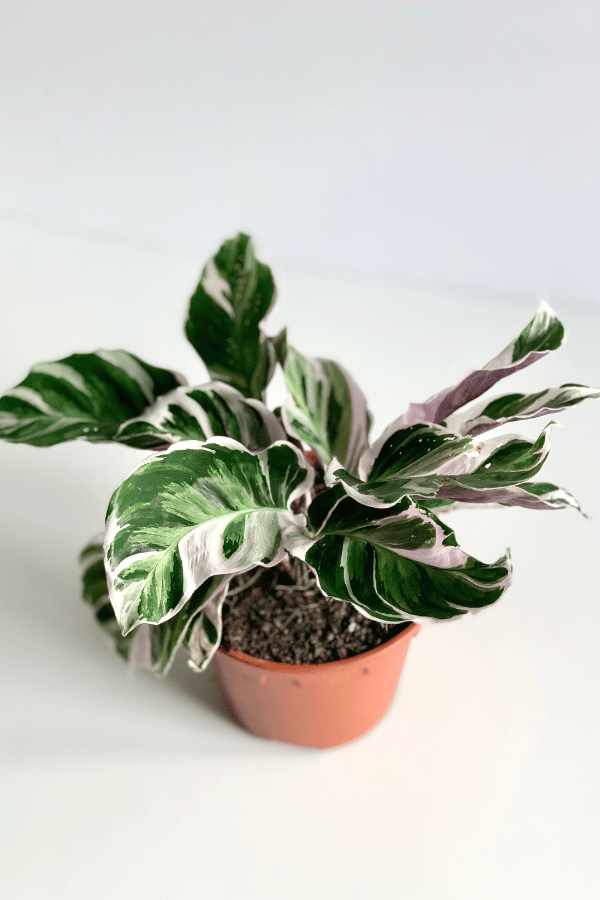
Calathea White Fusion History
Calathea White Fusion, otherwise known as Calathea Lietzei, is a popular tropical houseplant with lush foliage with bold markings. Also known as the zebra, rattlesnake, or peacock plant, this plant is known for its decorative leaves.
Calathea White Fusion Identification
Calathea White Fusion presents with variegated foliage that has white markings contrasting a green leaf with magenta-hued undersides.
Calathea White Fusion Growth Facts
This quick-growing plant requires a little bit of TLC but will reward you with an abundance of rich foliage.
How Big Does a Calathea White Fusion Get?
Calathea White Fusion will grow up to 2 feet tall.
Calathea White Fusion Care
Calathea White Fusion requires lots of moisture, good sun exposure, and warm temperatures. Be sure that you regularly wipe down your Calathea’s leaves to remove dust and allow your Calathea to breathe.
Calathea White Fusion Soil
Calathea White Fusion will prefer to be grown in a soil mix suited for African violets. Alternatively, you may create your own mix by combining coco coir (or peat moss) standard potting soil, perlite, and orchid bark.
Calathea White Fusion Fertilizer
Your Calathea will enjoy a monthly feeding from a liquid fertilizer indicated for houseplants from spring to fall. You should halt feedings during the winter. Calathea White Fusion will appreciate a fertilizer high in nitrogen to help with dense foliage growth. Follow all label instructions.
Calathea White Fusion Watering
Calathea White Fusion likes to remain consistently moist but not oversaturated with water. Overwatering will likely lead to fungal and bacterial issues. You should rewater your Calathea after the top inch of soil has dried, likely once a week in the growing season, depending on environmental conditions. In winter, watering frequency should be decreased. Calathea’s can be very sensitive to chemicals in tap water. Therefore, it is best to water your plant with rainwater, distilled, or purified water.
Calathea White Fusion Light Requirements
Bright light is of utmost importance when it comes to proper care of your Calathea. If your Calathea does not receive enough light, its variegation will fade, or it may not develop its beautiful markings. Too much direct sunlight may lead to sun scorching, curling leaves, or markings to fade. Your Calathea should be placed in bright medium filtered light. A south-facing window with a sheer curtain would be best.
Calathea White Fusion Temperature & Humidity
Your Calathea likes to remain warm and is very sensitive to temperature fluctuations. Keep the temperature range between 60-80F and avoid placing it near an AC unit, heaters, drafts, or cold windows. Additionally, Calathea White Fusion requires a high humidity level to be happy. You may use a humidifier to increase your home’s humidity for this plant.
Repotting Calathea White Fusion
As Calathea is such as fast grower, it should be repotted every 1-2 years to replenish its soil in the spring. Calatheas do not like to be rootbound, as this increases the chance of fungal infection. Select a pot that is 1-2 inches larger than the previous one that has drainage holes. You should water your Calathea deeply 1-2 days before repotting to lessen stress to the plant from repotting.
Calathea White Fusion Maintenance & Pruning
Calathea White Fusion does not require much pruning. Simply remove any dead, damaged, or dead leaves periodically by cutting them off with clean, sharp shears.
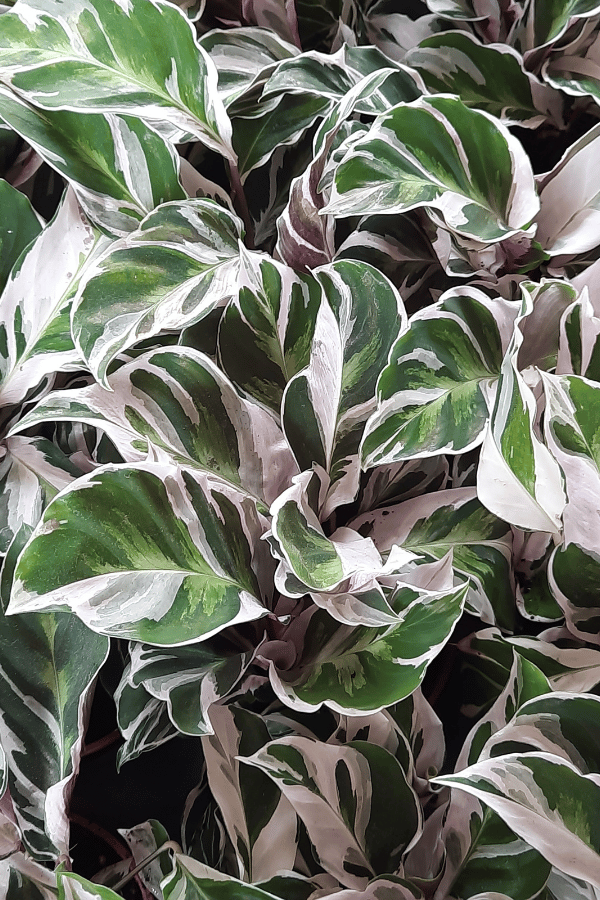
Calathea White Fusion Propagation
You may propagate your Calathea easily by either seed, leaf cuttings, or division. Division is the quickest method. Propagation should be done in the spring. To divide, water your Calathea thoroughly several days before division. Look at the mother plant for new shoots/offsets. Offset plants should be at least 7″ tall. Remove the offsets from the mother plant by dividing the roots. If the roots have become too entangled, you may cut them with a sharp, sterilized blade. Ensure that any divided offsets have their own roots. Replant the offset(s) and the mother in their own container, refresh the soil, water thoroughly, and place in indirect light.
Calathea White Fusion Toxicity
Toxicity to Humans
Calathea White Fusion is considered non-toxic to humans. However, this plant is not considered edible and should not be consumed.
Toxicity to Cats & Dogs
Luckily, this Calathea is not considered toxic and is safe for pets to be around. However, you should not allow your plant to ingest this plant as it may cause damage to the plant and digestive upset to your pet.

Calathea White Fusion Problems
Calathea White Fusion Leaves Turning Yellow
When leaves of Calathea White Fusion turn yellow, it is often due to lack of sunlight or too much water.
Calathea White Fusion Leaves Turning Brown
When the foliage of Calathea White Fusion turns brown, it is often due to overwatering or disease. Alternatively, the browning of foliage may be due to too intense direct sunlight.
Calathea White Fusion Diseases
Calathea White Fusion can become prone to disease due to its high humidity and watering requirements. As a result, root rot, leaf spot, and other plant diseases may become an issue. Ensure that you do not overwater your plant or allow it to sit in excess water within its drainage tray.
Calathea White Fusion Pests
Calathea White Fusion may become susceptible to a range of indoor plant pests such as scale, spider mites, aphids, mealybugs, fungus gnats, and more. Upon identifying an infestation, isolate your plant and treat it with a pesticide, such as neem oil or insecticidal soap.

